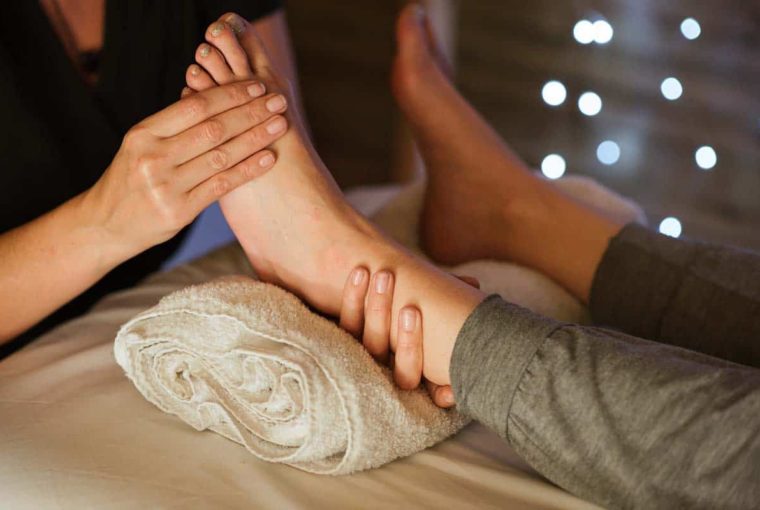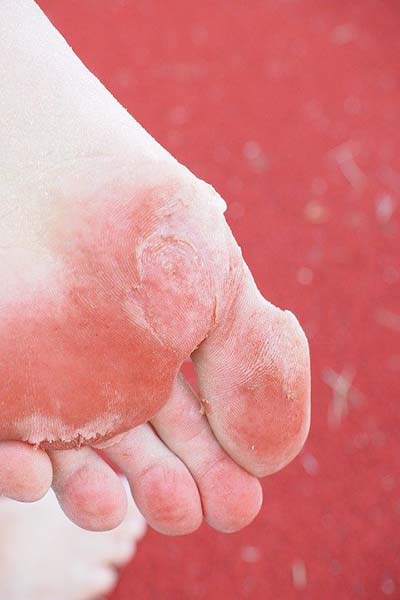One of the most overlooked human body parts is your feet. That may be because your feet are often covered by your shoes or the activities you do every day. Your feet can only take so much from running, walking, and climbing, making them prone to health problems. They can either be swelling, itching, or in pain.
Just like other body parts, you must also pay close attention to your feet. Aside from the fact that you can suffer from foot problems, a change in your feet can be the first sign of a potentially severe illness. When you’re suffering from a critical health condition, it’s your feet that are the first to get affected since they are the farthest from the heart and spine. Furthermore, even the most common foot concerns that you might be complaining of may have a hidden meaning on how it affects your health.
Here are some of the most common foot concerns and how they can affect your health:
Foot cramps
Have you ever experienced getting random foot cramps in the middle of the day despite doing nothing? Experiencing frequent foot cramps may be caused by nutritional deficiencies, lack of blood circulation, or dehydration.
It’s best recommended that you eat foods rich in calcium, magnesium, and potassium to prevent foot cramps. Your foot is more likely to get cramps often if your body lacks these nutrients. Furthermore, when you exercise, don’t forget to drink plenty of water to prevent muscle cramping, especially in the foot.
Whenever you experience foot cramps out of nowhere, stretch the affected foot and point it towards your nose to relieve it from cramps. If the cramps still persist, consult experts, such as easternidahofootclinic.com, and have it examined if they’re related to a more serious condition.
Itchy And Peeling Skin
If you’re experiencing itchiness and skin peeling in your foot, that may be due to a fungal infection, or more popularly known as the athlete’s foot. Sure, you may be wondering how you got this infection despite not being an athlete at all. But, this type of infection has nothing to do with that at all. The most common causes of this are wearing wet socks or shoes, or covering your feet immediately with closed footwear as soon as you got off the shower. The more humid you keep your feet in, the more likely you’re going to develop this infection.
This fungal infection starts growing between your toes, and when left untreated, it could spread to your entire foot and even to other parts of your body. That’s why it is important to apply anti-fungal cream to it and make sure to always keep your feet tidy and dry.
If you think that a fungal infection is not causing the itchiness and peeling, you may be having psoriasis. But, for more accurate results, have it checked first by your doctor.
Stubborn Sores
Do you have sores in your feet that don’t seem to heal at all? Foot sores, especially those that have been there for a very long time, maybe a sign of diabetes. Once your blood is filled with very high glucose levels, it damages your nerve, making you feel numb on any pain and infection caused by a cut, sore, or scrape on your foot. Furthermore, since you don’t feel any pain in your feet, you are more at risk of getting your feet injured again. If these sores and other foot injuries get infected, the worst thing that could happen is to have your foot amputated.
Another sign that a non-healing wound signifies could be skin cancer. Melanoma, a skin cancer, can develop on any body part, including your toes and feet, so make sure you include your feet during your skin checkups.
Bunions
A bunion is a sore and swollen bump between the foot and the big toe. As it sticks out more, the more it becomes painful. Some have it worse, such that their big toe already angles toward the second toe.
A lot of people assume that bunions are caused by wearing tight and narrow high heels. However, that’s a myth. Your tight high heels have nothing to do with your bunions, although they can worsen your condition.
The real cause of bunions is an inherited faulty foot structure. The only way you can have this foot condition is if this runs in your family. The only way to fix bunions and have them aligned is only through surgery.
Pain In The Heel
The bottom part of your feet has a thin and long ligament. This ligament supports your feet’s arch and also acts as a shock absorber. When this ligament is inflamed or irritated due to running or intense physical activities, it will result in plantar fasciitis.
When you have this condition, you’ll feel a sharp pain in the heel whenever you try to stand or walk. To ease the pain and give it time to heal, you may have to rest from your intense running or workout first and switch up your footwear into something more comfortable and open. You can also take anti-inflammatory drugs, such as ibuprofen.
Yellow Toenails
Everyone knows that the normal color of your toenails is pink. Pink signifies that you have a healthy nail plate, and your nail turns white by the time it grows pass your nail bed. When you see yellow toenails, it may only be due to pedicure overload or fungal infection.
Some seniors also tend to have yellow toenails as it naturally happens as people age. However, always be mindful of your nail’s natural color as sudden color changes may be a clue to a more severe illness.
Bottom Line
Your feet take a lot of pounding every day than the rest of your body parts. So, it’s important to take good care of them as you’ll need and use them every single day for the rest of your life. You may start by being familiar with all the foot conditions and knowing how to cure or prevent each of them from happening.





